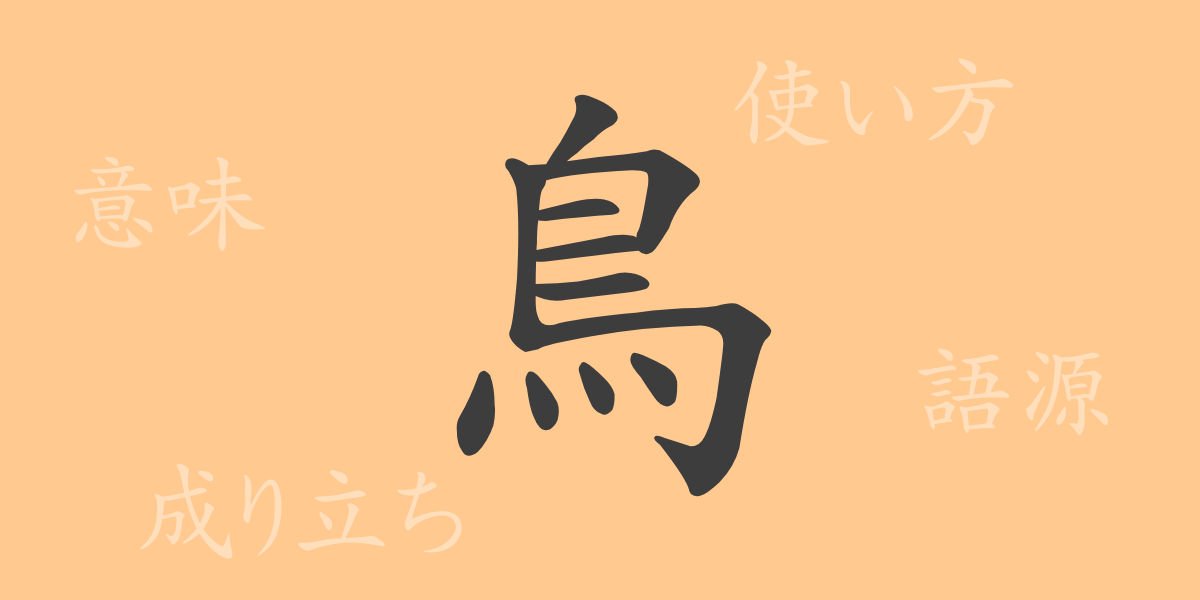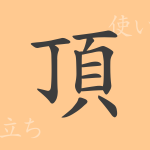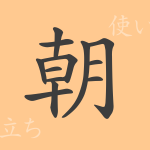The Kanji ‘鳥(チョウ)’ deeply rooted in Japanese culture, is frequently used in everyday life. This article explores the character ‘鳥’, from its origins to its meanings, usages, and its presence in various expressions and proverbs, enhancing our understanding of this character.
Origins of ‘鳥(チョウ)’
Originating from ancient China, the Kanji ‘鳥’ was initially a pictograph representing a bird, symbolizing the act of flying. Over time, the character evolved to its current form but retained its essence, symbolizing creatures of flight.
Meaning and Usage of ‘鳥(チョウ)’
‘鳥’ commonly refers to birds such as pigeons, cranes, and sparrows, and metaphorically expresses freedom and liberation as in ‘free as a bird’. It is also used in logos and characters where familiarity and visual impact are desired.
Readings, Stroke Count, and Radical of ‘鳥(チョウ)’
Key details about ‘鳥’ are as follows:
- Readings: On’yomi ‘チョウ’, Kun’yomi ‘とり’
- Stroke Count: 11
- Radical: ‘鳥部(とりへん)’
Phrases, Proverbs, and Idioms Using ‘鳥(チョウ)’
Many idioms and proverbs feature ‘鳥’, illustrating its broad applicability:
- ‘鳥居’ – A gate at the entrance of a shrine, marking a sacred boundary.
- ‘一石二鳥’ – Achieving two benefits with one action.
- ‘鳥籠’ – A cage for birds, symbolizing loss of freedom.
- ‘鳥肌が立つ’ – Goosebumps from fear or awe.
- ‘鳥の目’ – An overarching perspective, focusing on the big picture rather than minor details.
Conclusion on ‘鳥(チョウ)’
The Kanji ‘鳥’, cherished for its beauty and ability to fly, symbolizes freedom and hope. Within Japanese language and culture, ‘鳥’ enriches expressions, reflecting its significant role. This exploration into ‘鳥’ hopes to deepen appreciation and enjoyment of Japan’s linguistic richness.

























